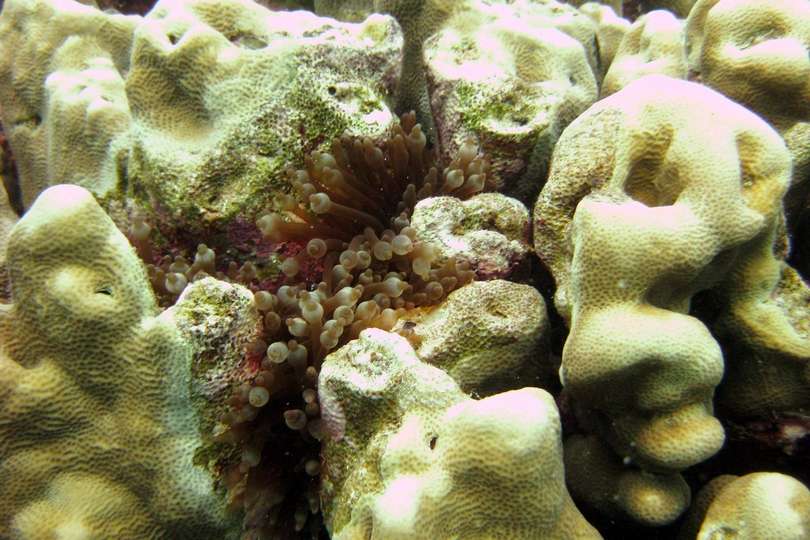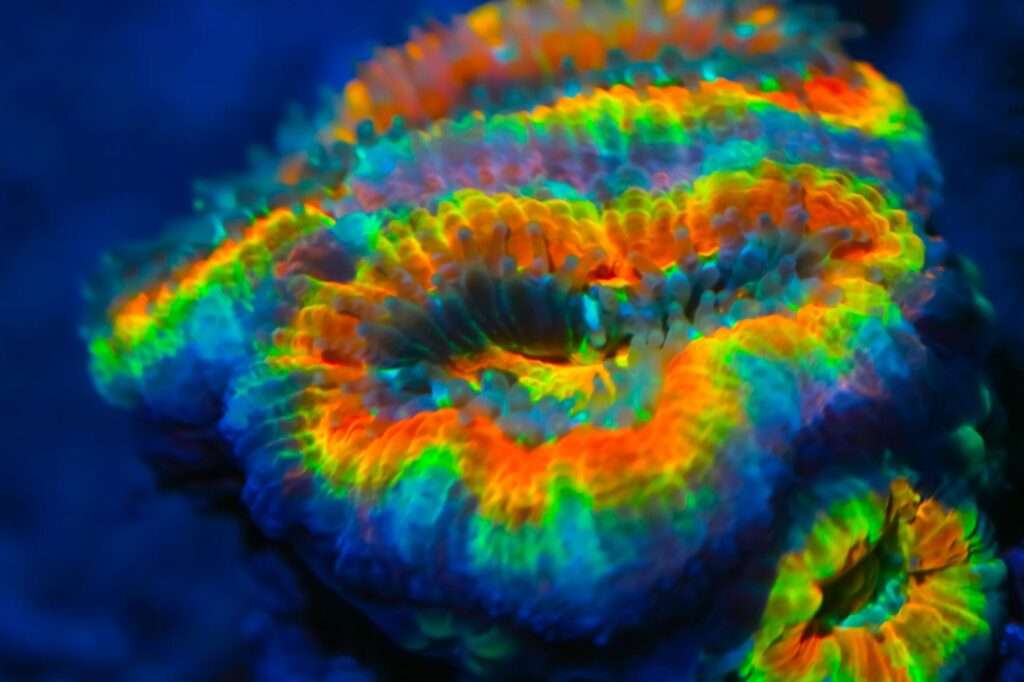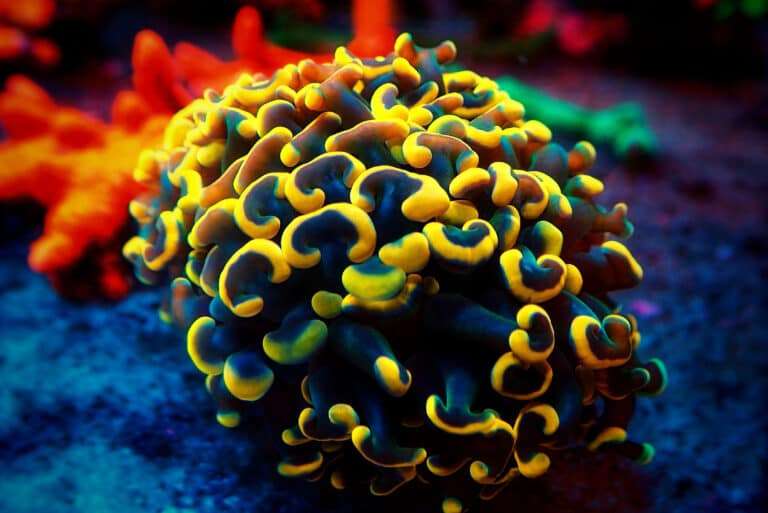
The Lesser Knob Coral is one of the stunning aquacultured corals in the Cyphastrea genus. This group’s natural hues include white, gray, brown, cream, green, and yellow. Aquacultured animals have evolved into considerably more vibrant creatures! Reds, oranges, pinks, purples, blues, and lavenders are only a few examples of these types. The specimens raised in aquaculture are astounding!
The genus Cyphastrea is clearly defined. Within the colony, each corallite has its own wall, and the calices, the corallite’s core, have a diameter of less than 3 mm. The coenosteum, a tissue found between corallites, has a gritty exterior. Cyphastrea corals can resemble Plesiastrea versipora and Enchinopora species.
Habitat
Milne-Edwards and Haime introduced the Cyphastrea genus in 1848. Mound Coral and Lesser Knob Coral are two frequent names for these corals. Meteor Shower Cyphastrea and Blood Red Eyes Cyphastrea are two unusual names for members of the Cyphastrea genus that have been bred in captivity. Moll & Best first described the Lesser Knob Coral Cyphastrea decadia in 1984. Aquacultured specimens now come in a variety of stunning hues. Some of the unusual examples can have crimson, dark red, or pink polyps on deep purple, green, or pink bases.
Almost all reef habitats in the subtropics and tropics, at depths of 10 to 131 feet, are home to the Cyphastrea genus (3 – 40 m). Most of the usual imports come from areas with shallow reefs.
Morphology
Only a few species, like Lesser Knob Coral, of the Cyphastrea genus produce tree-like branches in their huge, vast, and encrusting colonies. Each corallite in the colony has a unique wall. They are simpler to distinguish since the calices, or very centres, have a diameter of less than 3 mm. Like other Faviidae, the tissue between the corallites has a gritty appearance, and the polyps emerge at night. In addition to gray, brown, cream, green, yellow, and white, aquacultured types can also come in crimson, dark red, pink, blue, and other lavender-colored tints.
In Captivity

- Feeding
Like other stony coral genera, the Cyphastrea genus has evolved a variety of feeding techniques. They get the majority of their nutrition from a marine algae called zooxanthellae through a symbiotic interaction. They can also take in dissolved organic substances and planktonic creatures as well as food particles from the water column. Feed foods for filter feeders as well as rotifers, freshly hatched brine shrimp, mysis, and zooplankton-type diets. They do require feeding at least once a week, and regular feedings help them grow very well.
- Social Interactions and Compatibility
With other genera, the Cyphastrea genus gets along well. Due to their peaceful character, they do need some separation from other corals. They do have tentacles that emerge at night, but they are useless in winning battles.
Table





